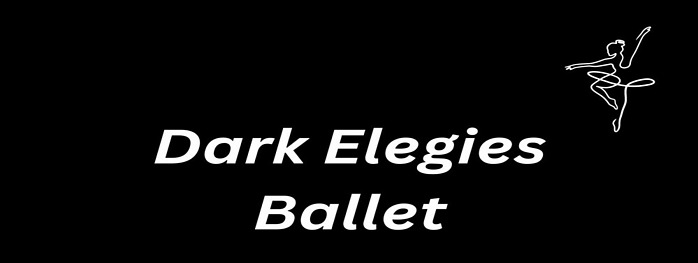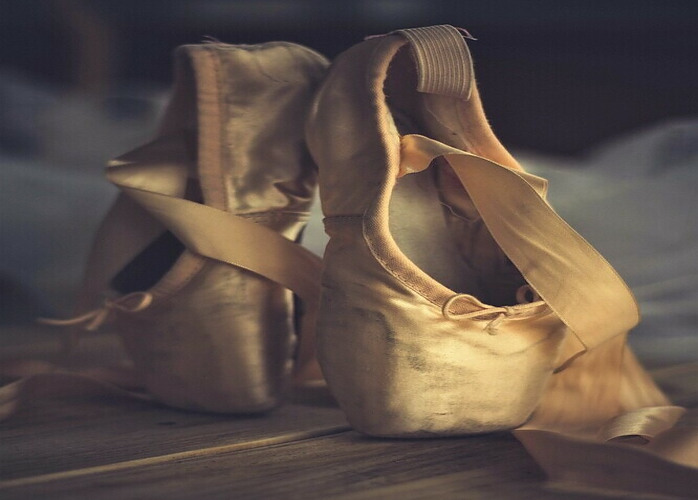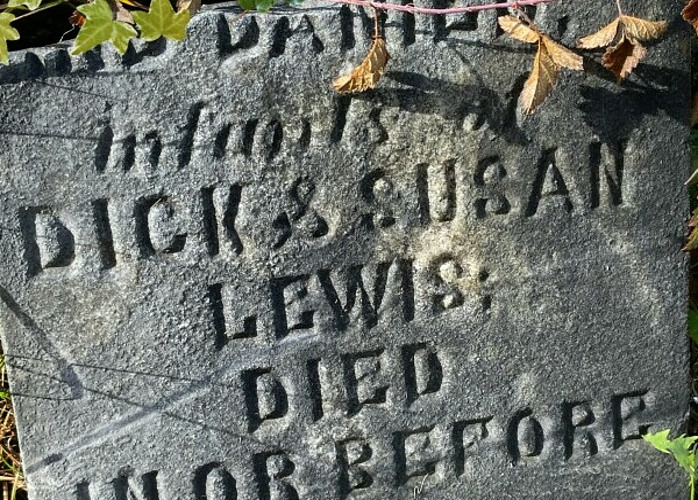Dark Elegies is a ballet in two scenes. Tudor did the Libretto and the choreography and the music was composed by Gustav Mahler (1860-1911) to Cycle Kindertotenlieder (“Songs on the Death of Children”).
Nadia Benoit did the scenery and costumes.

The first Performance Cast to do this ballet were Peggy van Praagh, Maude Lloyd, Antony Tudor, Walter Gore, John Byron, Agnes de Mille, Hugh Laing, Daphne Gow, Ann Gee, Patricia Clogstoun, Beryl Kay, Celia Franks (Franca), John Byron, and Singer – Harold Child, Baritone.
Dark Elegies was first performed by the Ballet Rambert at the Duchess Theatre in London on the 19th of February 1937.
The ballet is an intensely human portrayal of grief and bereavement in which young parents mourn the loss of their children after a disaster has struck their village.
Nadia Benois’ sombre backcloths and every costumes give the tragedy a maritime setting.
The first scene of bereavement is conveyed through five songs.
The first is a solo for one woman.
The second is a pas de deux.
The third is a male solo with ensemble.
The forth is a female solo
The fifth is an ensemble.
The second scene of resignation is for the ensemble.
Like Le Sacre du Printemps and Les Notes by Nijinsky, Dark Elegies represents a whole community, not just an individual.
Such ballets distilled ent essence of a community, rising to epic heights as if impelled by communal emotion.
No other ballet in the English repertory has succeeded so well in the epic genre. Its principal stylistic influence is expressionist, reflecting the tensions of the thirties, although the choreography derives from folk movement and classical technique.
Classical turn-out and characters, providing a contrast which helps to emphasize choreographically the sense of grief and personal loss.

Tudor’s choice of music illustrates an aspect of his creative method.
He prefers to use existing music, which attracted to the high emotional content of the late romantics and moderns, finding in such music the response to the social and psychological themes which move him.
Tudor described Dark Elegies Ballet as his favorite work. Many consider this ballet to be his greatest. From tender moments of quiet devastation to outbursts of rage,
“If Tudor ballets were not danced by the dancers of today, there would be a very valuable artistry lost both to the dancers and audiences around the world.” – Sally Bliss

